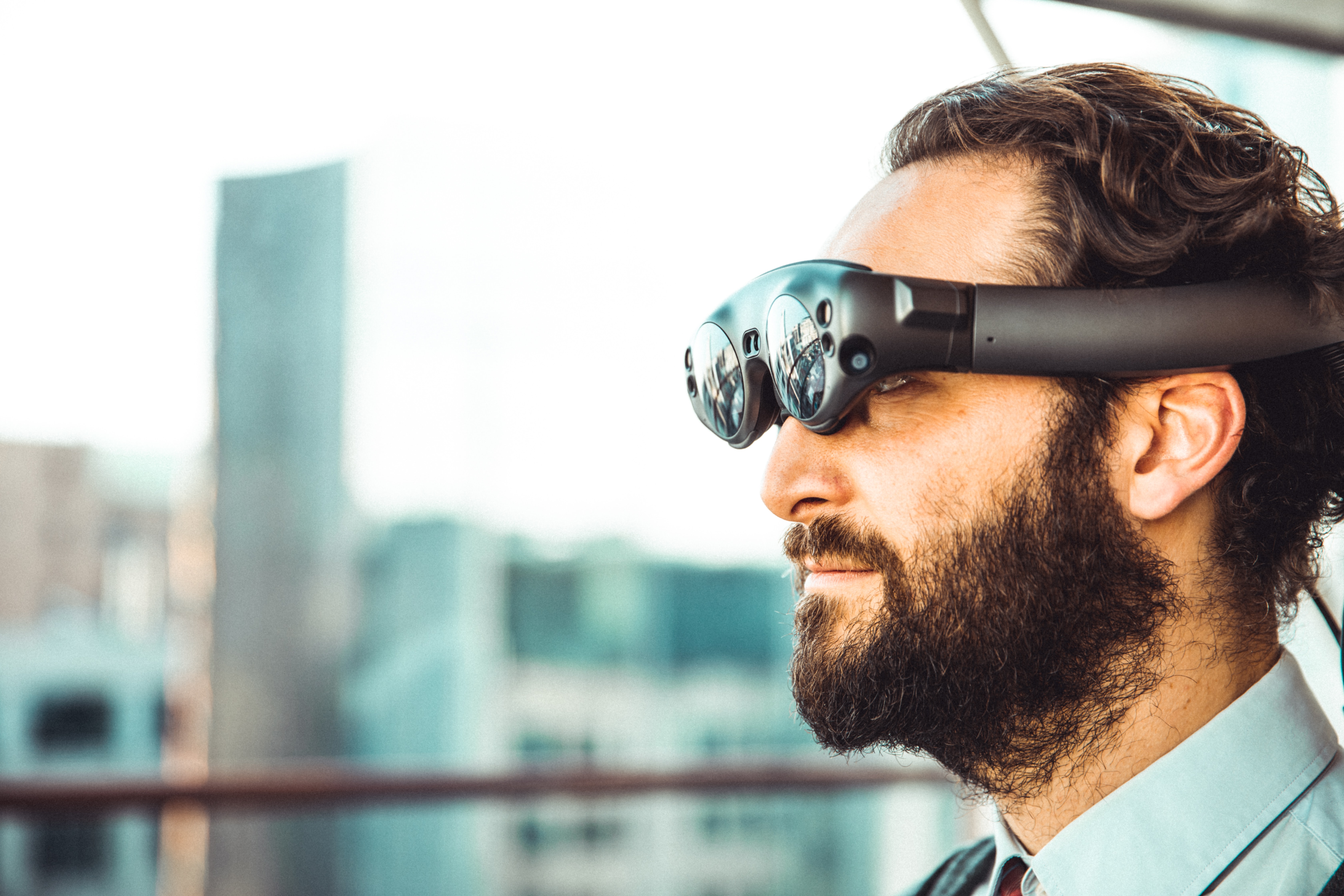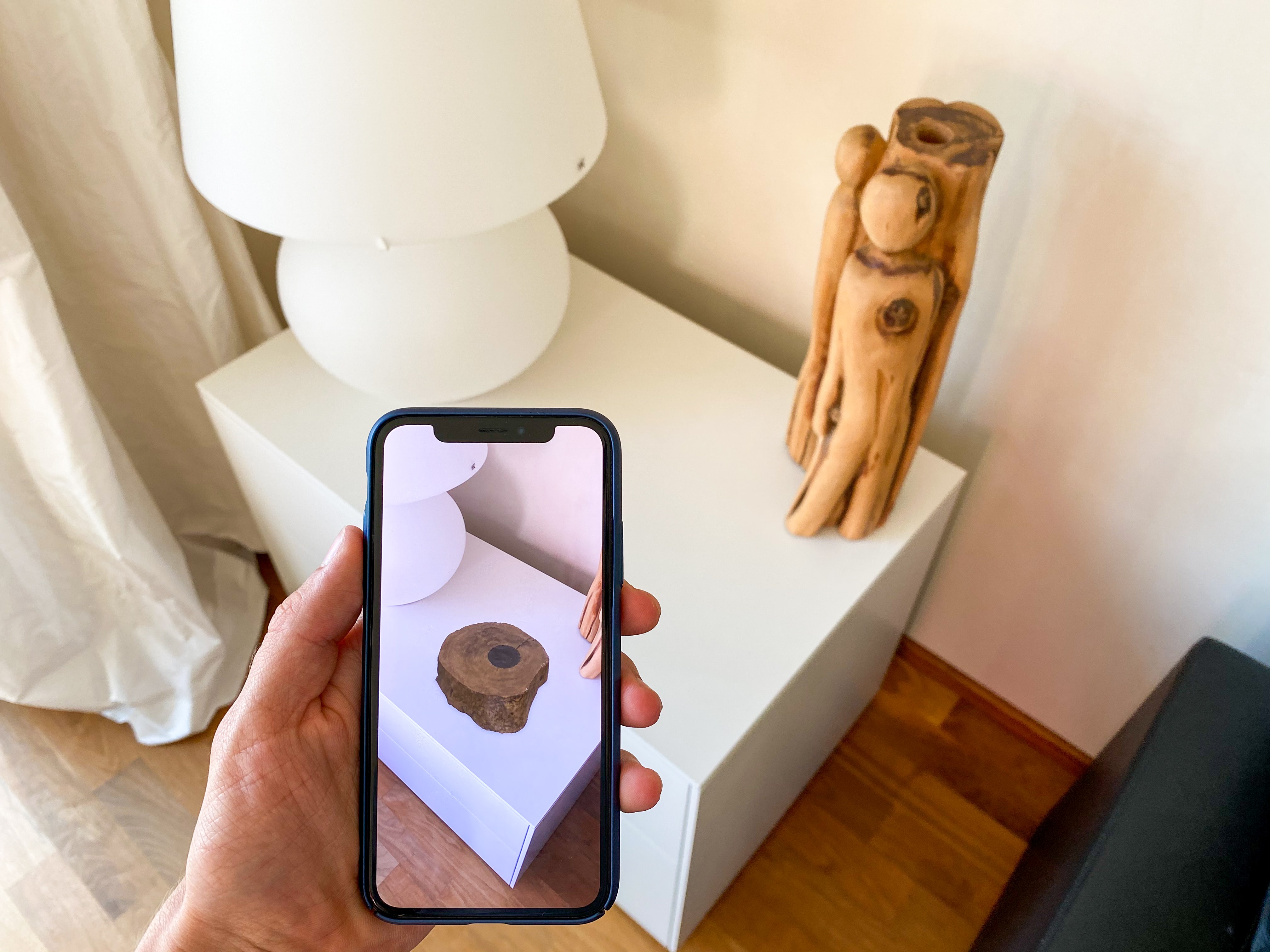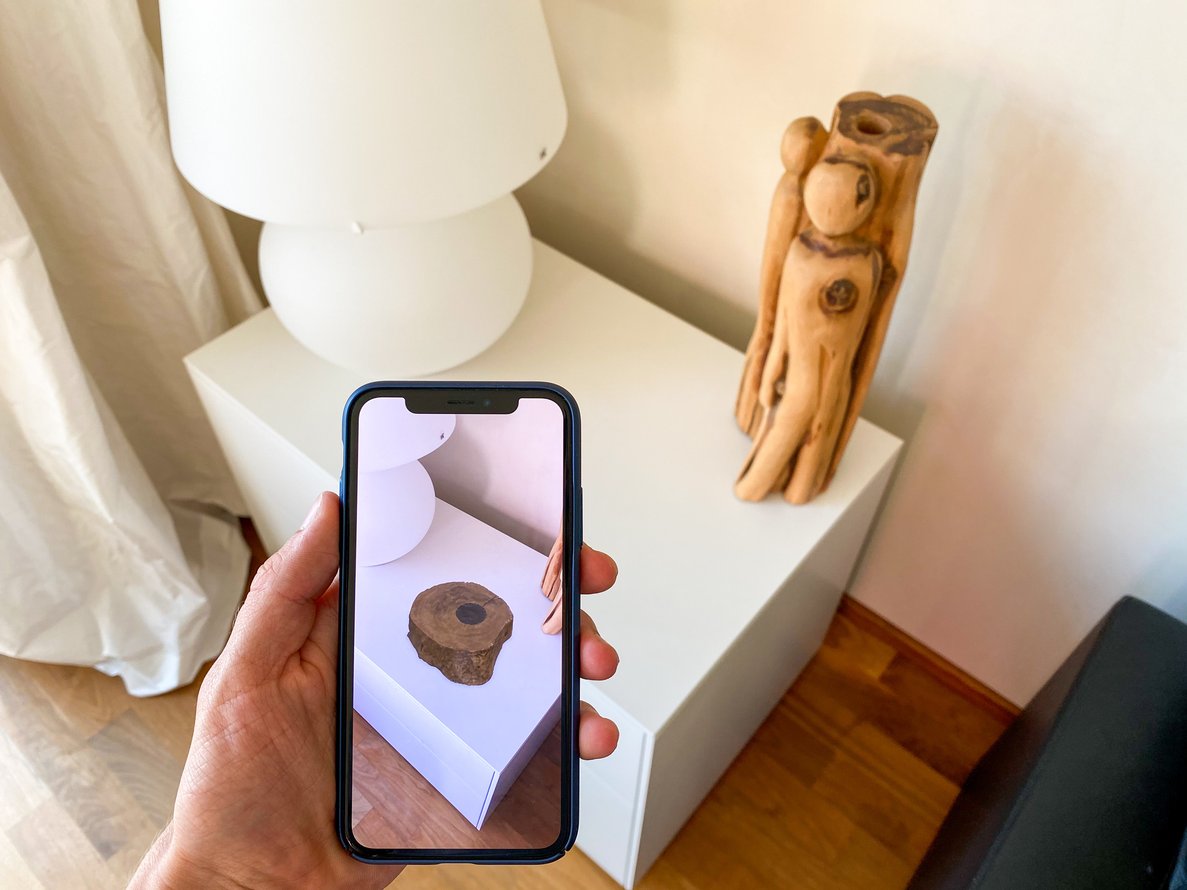A number of visionary products over the past decade have provided glimpses into the future of Augmented Reality (AR). Google Glass (2013), for example, was a pair of glasses able to project information/perform actions on a virtual screen directly in front of a user’s face.
This genius idea may have failed to find a mass audience and been scrapped by its parent company (Too expensive? Too early? Too weird?), but these types of failed experiments helped set the stage for the burgeoning AR renaissance that we are seeing today.
Like the internet itself, augmented reality has gone from being science fiction to a curiosity to something extremely useful in a very short period of time. And, while still in its relative infancy, AR technology promises to play a central role in the evolution of eCommerce. By bridging the gaps between the physical and digital worlds, it gives merchants a range of options to enhance the online shopping experience.
Until somewhat recently, eCommerce augmented reality was the domain of large retail brands, but barriers to entry are falling and small and medium businesses can now leverage the strength of AR to engage shoppers, increase buying confidence, and bring their products to life.
Here, we will briefly discuss the benefits of AR for eCommerce merchants and go over a few of its most powerful use cases.

First Things First: What is Augmented Reality?
Before we discuss how businesses can use and benefit from AR, let’s briefly explain what it is.
Augmented Reality is a technology that blends the virtual and real world, allowing users to interact with both in real time. It can include various sensory elements and either enhance or mask the real environment. AR creates a seamless and immersive experience that uses computer-generated images to alter a person's perception of their real-world surroundings.
It must be stated that augmented reality is not virtual reality (VR). In contrast with augmented reality technology, virtual reality completely replaces the real environment with a simulated one.
Benefits of Augmented Reality in eCommerce Retail
— Enhancing the Omnichannel Customer Experience
Shifting between in-store and online shopping often results in a disconnected and fragmented experience for customers. While in-store shopping allows customers to physically interact with products, it is limited by location. In turn, online shopping allows customers to shop at their convenience, but requires them to take a risk in buying untested products. Augmented reality tools provide customers with greater flexibility and a more seamless experience as they interact with products and make purchasing decisions.
— Higher Conversion Rates & Lower Rates of Return
Making online products tangible and allowing customers to virtually try them in their own living rooms gives customers more confidence in their purchasing decisions and can profoundly reduce return rates. From clothing to furniture, when customers can see what a product will look like, whether on their body (or in their home) before purchase, they are both more likely to buy it and less likely to return it.
— Stronger Customer Relationships and Increased Brand Value
Many eCommerce merchants struggle with enhancing the consumer experience and motivating consumers to choose them over competitors. In this hyper-competitive industry, any advantage must be considered, and providing an AR experience can be the difference-maker that separates one online retailer from the rest. It can improve customer trust, encourage repeat purchases, and make the shopping journey vastly more convenient.
— Personalized Shopping Experiences
The interactive element of AR gives customers a level of control not found in the standard eCommerce experience. The ability to adjust a vast array of product elements and features can create a deeper connection between shopper and store, and by encouraging shoppers to register and save their “work,” a merchant can help foster continued engagement.

AR Use Cases for eCommerce Merchants
— Product Visualization/Preview Placement
AR-enabled product visualization has proven to be an extremely helpful tool for consumers to preview large products as they would look in their own homes (e.g. furniture and appliances), before making a purchase.
For example, Amazon’s View In Your Room platform allows shoppers to select items, point their mobile phone cameras at the desired space, and see how the item, sized and rendered to scale, will both appear and fit.
— Virtual Try-Ons
The virtual try-on is a feature that allows users to see how a product (clothing, eyewear, cosmetics, etc.) would look on them before making a purchase. An invaluable AR function both for generating sales and reducing returns, virtual try-ons have been considered the “future of fashion.”
Many brands have teamed up with social media platforms like Snapchat to offer AR shopping experiences to their customers. Snapchat uses 3D Body Mesh technology to accurately map users' bodies and simulate the way clothes would behave in real life, allowing users to virtually try on different outfits using voice commands and share or purchase them within the app. To use this feature, brands must upload their product catalog and 3D product assets to Snapchat and can use pre-made AR shopping templates to create AR Lenses for their customers.

— In-Store Navigation
In keeping with both omnichannel commerce and the continued popularity of shopping at brick-and-mortar yet purchasing online, in-store navigation AR helps guide shoppers through retail environments. Going further, it can provide detailed information about physical products directly on a user’s smartphone.
— User Guides/Instruction Manuals
As a post-sale eCommerce solution, an augmented reality instruction manual overlays text and images on top of the real world, allowing the user to interact with the instructions in a more engaging way.
AR can be used to enhance the user experience by providing a digital interface that visually displays content during various stages such as setup, configuration, troubleshooting, and maintenance. This immersive experience allows the user to feel more confident and in control, improving their overall customer experience.
The use of AR across all industries is projected to increase geometrically this decade, and any online retailer that could benefit from its use would be wise to employ it. If you would like to know more about SkuNexus and the management software solutions we design, please schedule a demo.
And, if you would like to continue reading insights like this, please subscribe to our blog.

